Since its founding in 1958, NASA has implemented many of the most complex projects. Pioneer, Voyager, Space Shuttle, Cassini-Huygens, New Horizons, James Webb are just a few of the implemented space programs and missions. But there were those who were at the limit for NASA’s capabilities. We have compiled a TOP-5 of amazing space concepts that have been rejected because of their high cost, technological insolvency, or simply over-ambition.
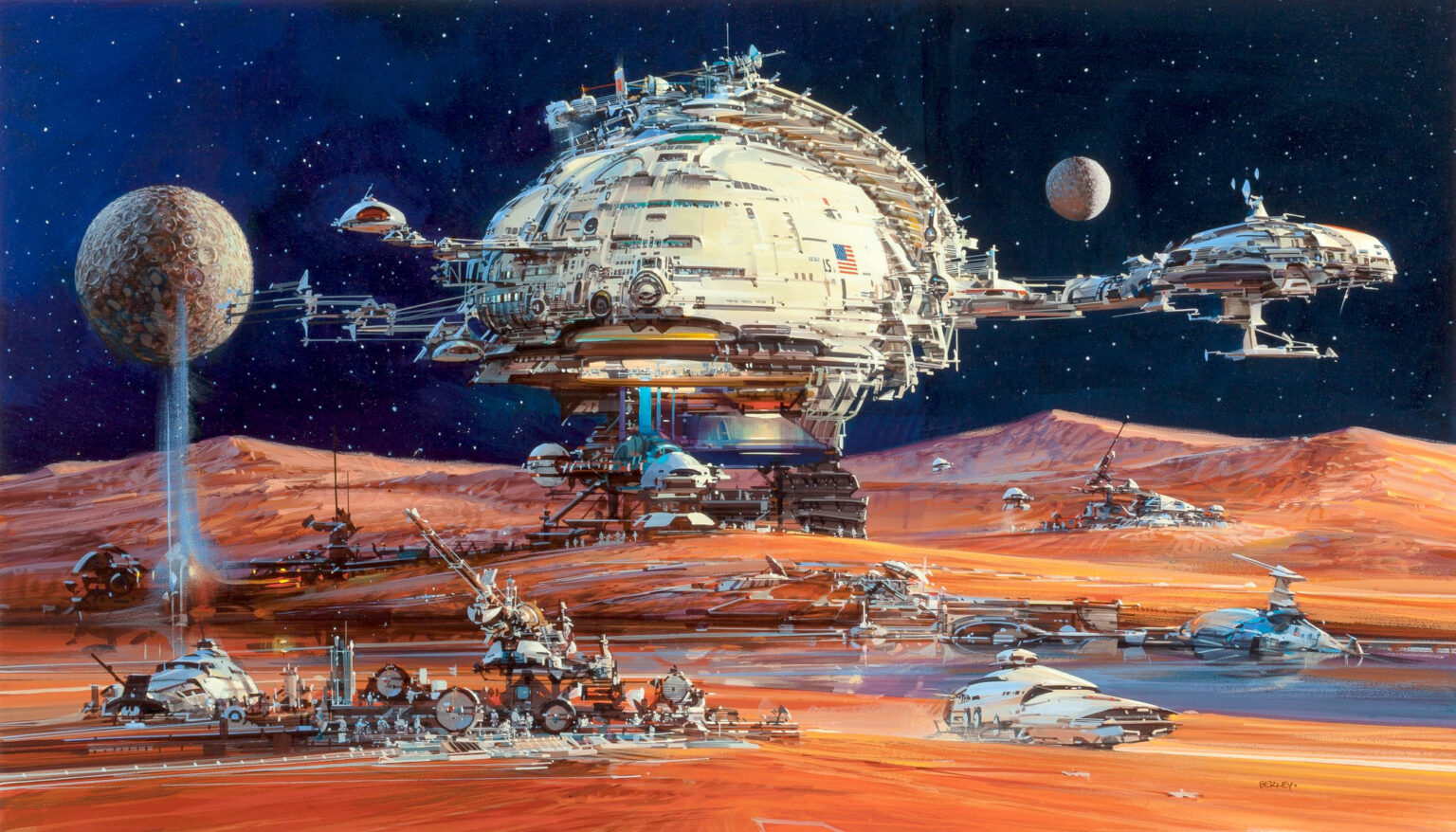
AstraGate TransAstronautics
TransAstronautics Corporation has proposed a plan called AstraGate. The idea of the project was a cheap transport system between the Earth and the Moon. Instead of using fuel, the system would involve the transfer of energy and momentum between arriving and departing vehicles; this is achieved through AstraGate orbital stations.
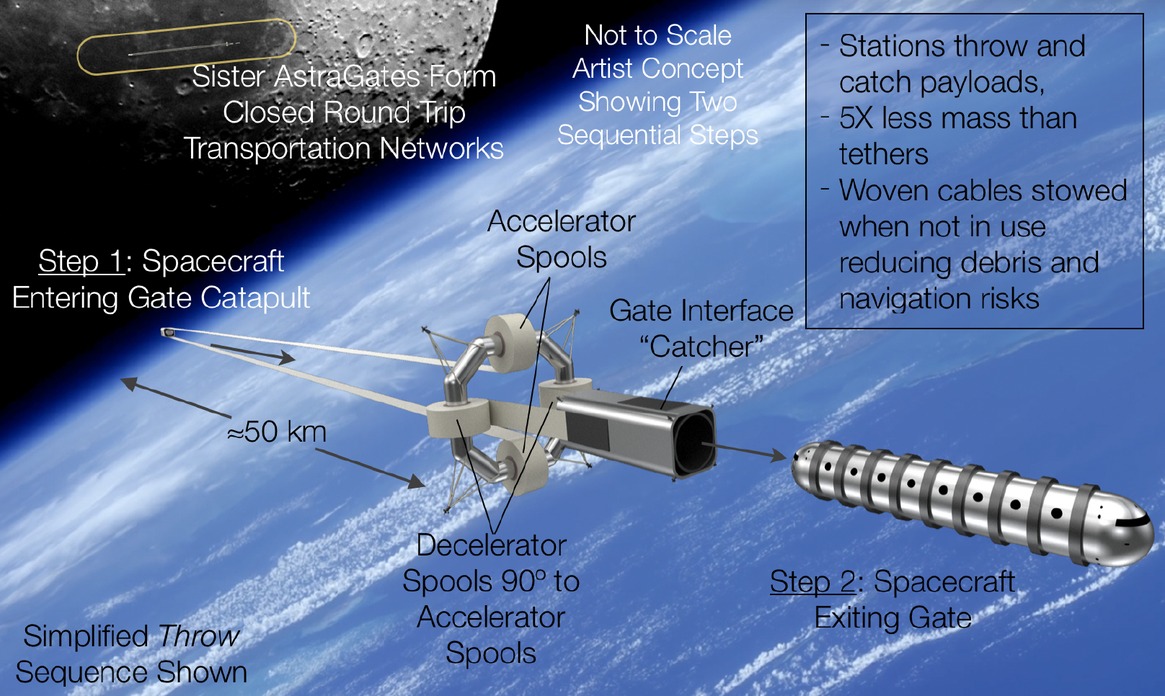
According to the description, the system is designed to make travel to the Moon and back available to middle-class people, similar to regular transatlantic voyages by steamer. The plan was presented by NASA’s Innovative Advanced Concepts (NIAC) program in 2018 and again in 2019. Both times it advanced to the second round, but not further.
Craig Peterson, a systems engineer at TransAstronautics Corporation, explained that the proposal was rejected due to a number of factors. The main of which is the impossibility of implementation at the current stage of technology development.
MOLAB
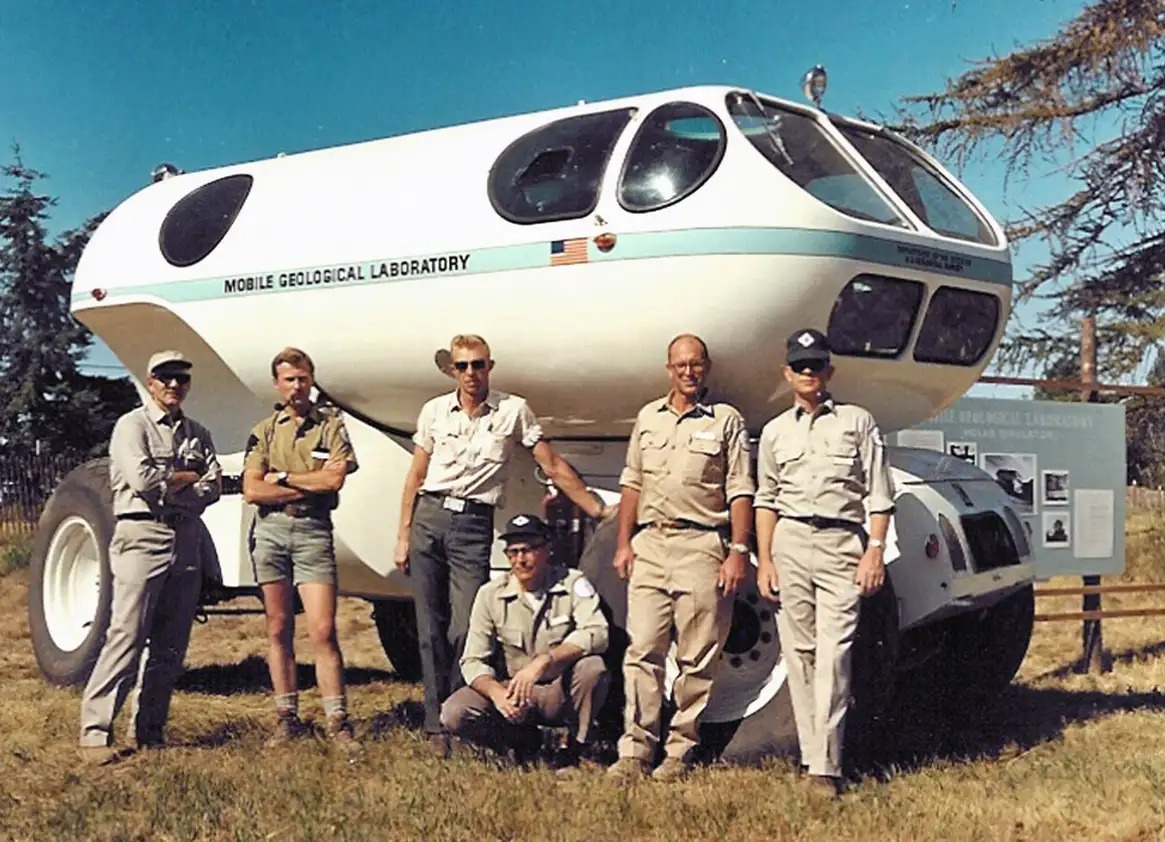
In the early 1960s, as preparations for Apollo’s future missions to the Moon continued, NASA considered various ways in which astronauts could explore the lunar surface. Among these concepts was the ambitious Mobile Geological Laboratory, or MOLAB for short. It was a project of a large four-wheeled lunar rover. In addition to providing mobility, it offered temporary accommodation for astronauts and also served as a science laboratory.
The prototype was built and tested in the New Mexico desert. But weighing 3,700 kg, the GM MOLAB was very bulky. It would be very expensive to deliver it to the Moon. Eventually the prototype was donated to the US Geological Survey, which used it to map mineral areas and take soil samples.
Nuclear rocket
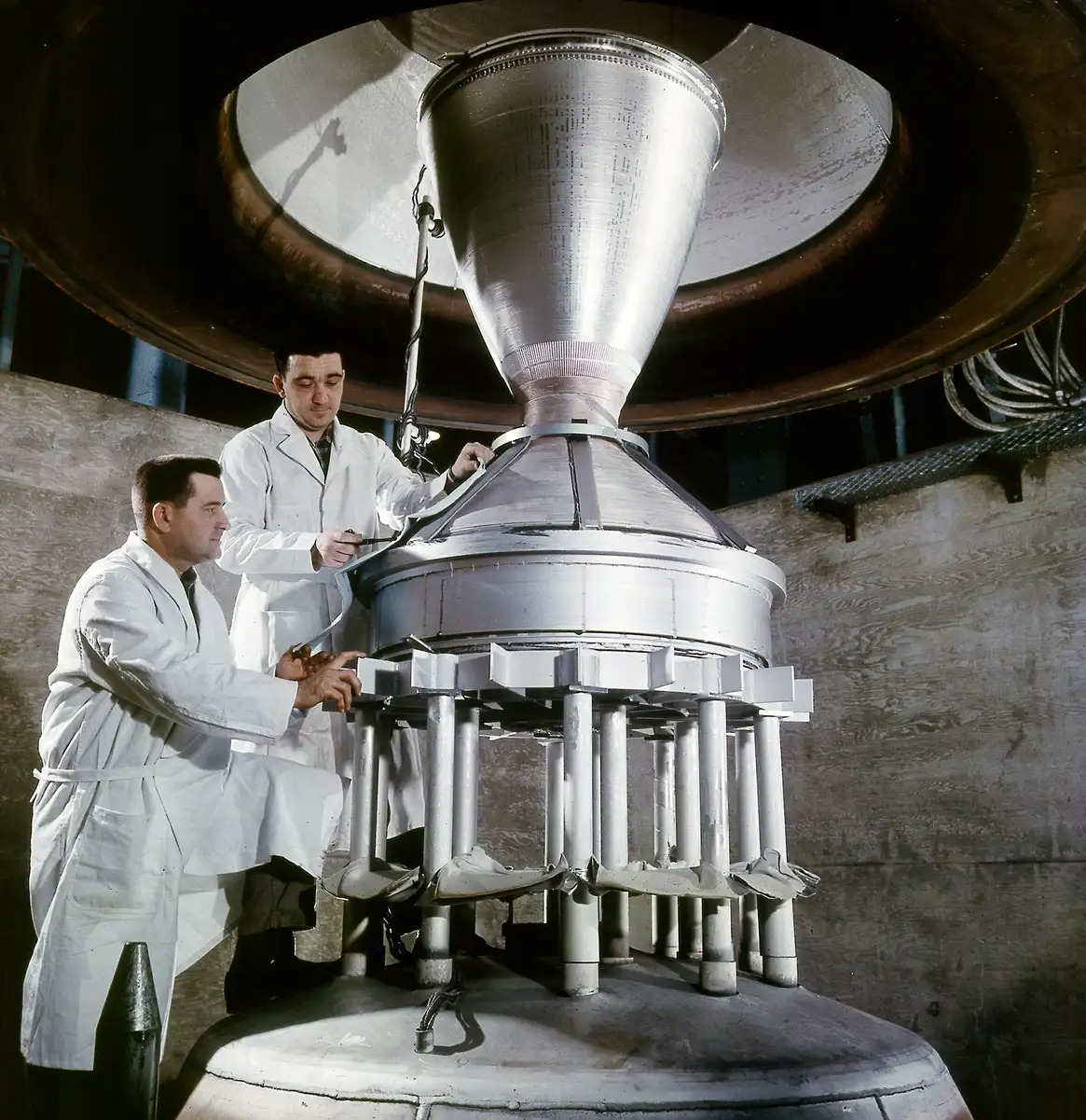
From 1955 to 1973, the United States sought to develop a nuclear propulsion system for use in long-term space missions. According to NASA, the main idea was to use nuclear fission to heat liquid hydrogen and eject it in the form of thrust at a speed that would exceed that of traditional chemical rockets. The original idea was to create a nuclear aircraft for the US Air Force. But the program has moved into space.
The program has reached its penultimate stage in the development of a prototype of Nuclear Engine for Rocket Vehicle Application (NERVA). The NERVA engine was built and even tested on the ground. But the program was closed before any flight tests could be conducted.
Space colony
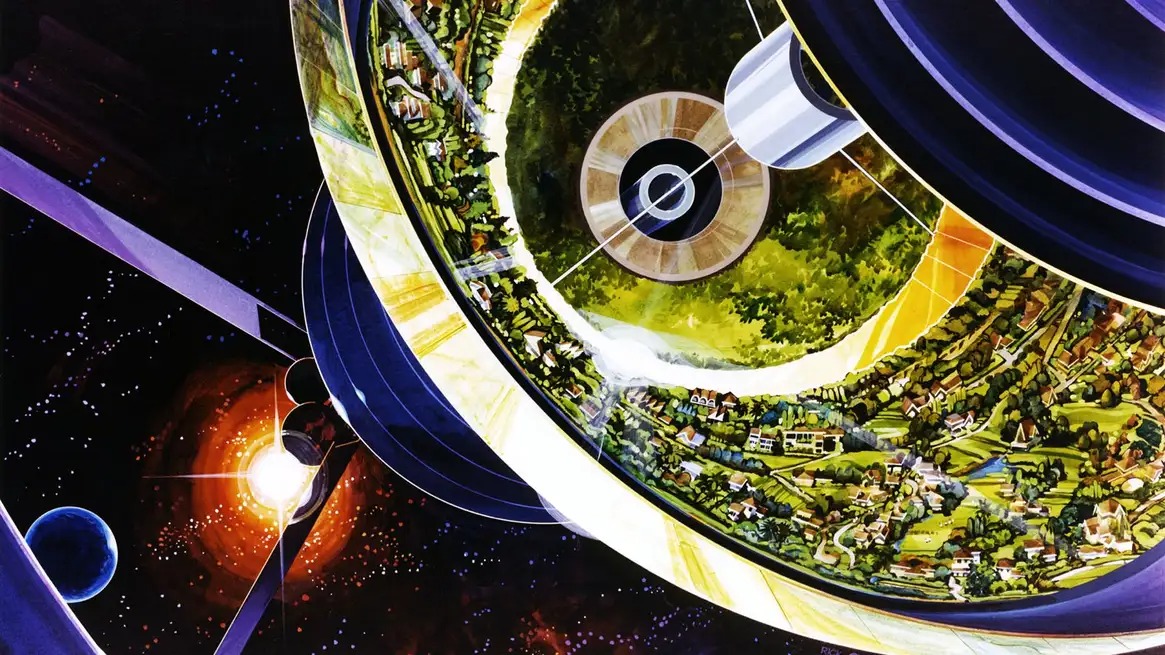
After the success of the Apollo missions, NASA turned its attention to creating colonies outside the planet. The Aerospace Administration conducted research at NASA Ames in 1975, allowing experts and artists to share their vision of what space colonies might look like. The resulting concepts were quite bold. Some even included full-fledged artificial habitats in which 10,000 people could “work, start a family and live a normal life.” Wheel-like space colonies mimicked artificial gravity, allowing the creation of traditional houses with infrastructure, as well as vegetation, water bodies and even agriculture. It was hoped that the first such colonies might appear in the 1990s. But these ideas were far from the technical capabilities of mankind.
Longshot
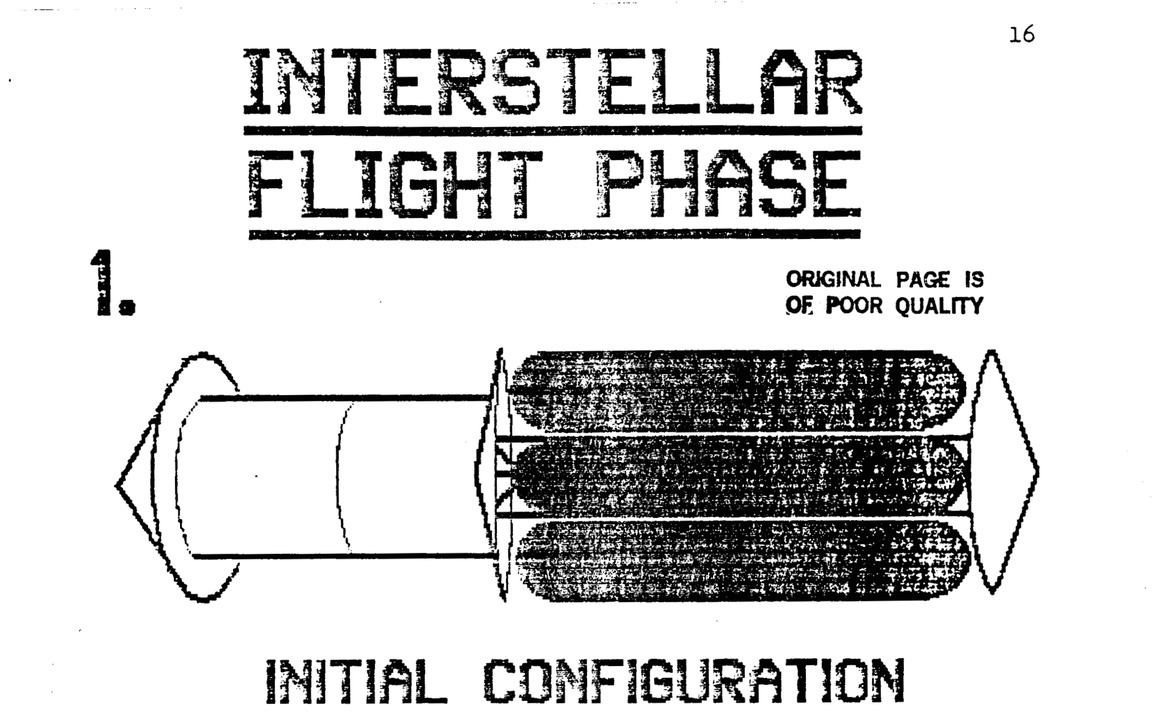
In 1988, NASA, in conjunction with the University Space Research Association, presented a preliminary design for the Alpha Centauri probe. Alpha Centauri is a triple star system located 4.37 light years from Earth. An unmanned 440-ton probe would take only 100 years to reach the closest neighbor of our own Solar system. But the implementation required first to develop several new technologies to make this mission possible, as acknowledged by the authors of the proposal.
These included a “pulsed nuclear thermal rocket ” and a long-life thermonuclear reactor capable of producing 300 kW. The probe reactor had to power its communication system, allowing it to transmit data about the properties of the interstellar environment, features of Alpha Centauri and more accurate astrometric data concerning the position, motion and luminosity of stars. Unfortunately, the Longshot project, as it was called, was postponed until better times, as the technology needed for the mission remained out of reach.
According to Gizmodo.
We will remind you that earlier we made a rating of TOP-5 of the exoplanets that are most deadly for humans.

